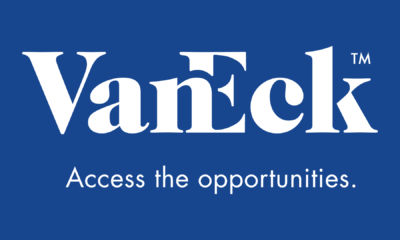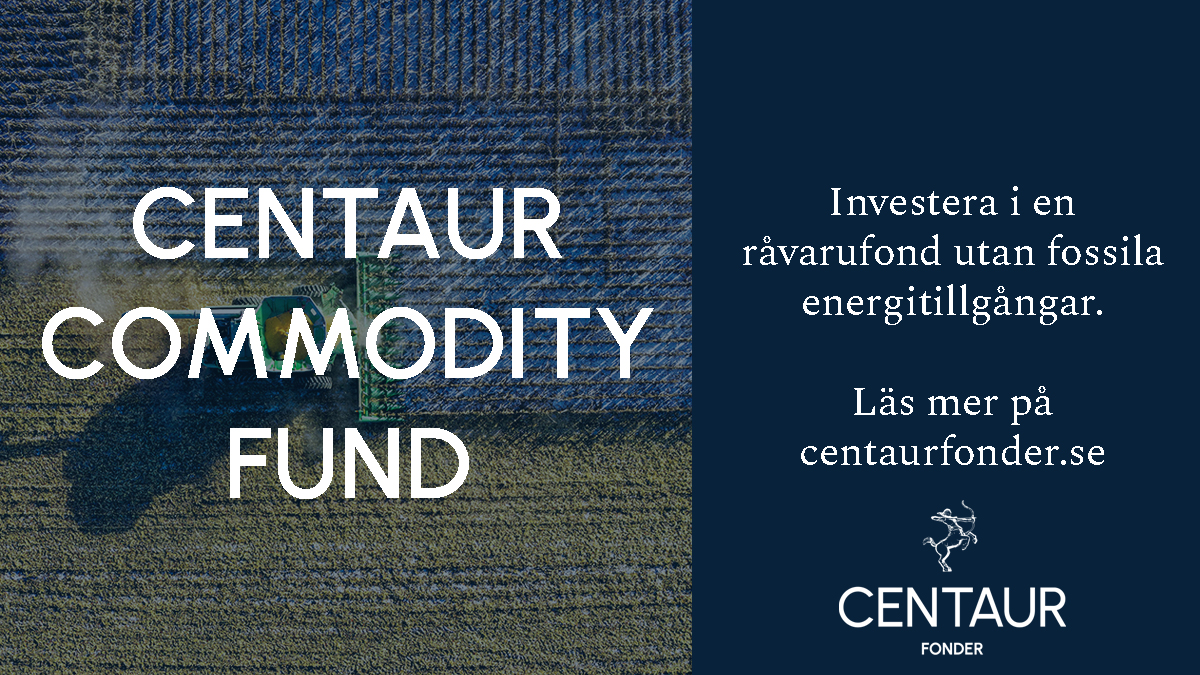Market Review – Trump Uncertainty Could Be “Huge” for Gold
Gold Market Commentary November 2016
Market Review
Our positive view on the long-term prospects for gold remain unchanged. The U.S. elections are over, and markets will likely take time to reflect the full impact of a Trump victory. Gold immediately rose above $1,300 per ounce yesterday on news of Trump’s win, but settled back to end the day at $1,278. Price volatility in the short run is not surprising.
Fed Comments on December Rate Hike Break Gold’s Upward Move
The strong price movements that followed the U.K. Brexit vote on June 23 had set gold on a new positive trend, breaking the downtrend that had been established during the 2013-2015 gold bear market. On October 4, however, gold fell $44 per ounce, a 3.4% drop for the day, and gold closed below $1,300 per ounce for the first time since June 24. As it had for most of the year, the downward pressure followed comments by some Federal Reserve (the “Fed”) members that were interpreted by the market as increasing the likelihood of a Fed interest rate hike occurring in December. In addition, and importantly, Chinese markets were closed the first week of October for the Golden Week holidays. With gold’s biggest buyer out on vacation, gold was left very vulnerable, which we believe emboldened short sellers. Gold closed as low as $1,251 per ounce on October 14 but bounced back modestly to end the month at $1,277.30 per ounce, down $38.45 or 2.9% for the month.
A Rate Increase Has Been Priced into Gold and U.S. Dollar
At the beginning of November, markets attached about a 78% probability to a December Fed rate hike, as implied by the federal funds futures markets. This probability stood at 59% at the end of September, despite U.S. macro data releases that were very mixed, as has been the case throughout the post-crisis recovery. There were certainly some positive economic surprises in October: PMI (Purchasing Managers’ Index) readings from both the ISM (Institute of Supply Management) and Markit Group in the manufacturing, non-manufacturing, and services sectors showed some expansion and an increase in August factory orders for U.S. goods.1
In contrast, however, weak data were reported for U.S. employment, the preliminary University of Michigan Consumer Sentiment Index,2 the Empire State Manufacturing Index,3 housing starts, and the U.S. Consumer Confidence Index.4 While 3Q gross domestic product (GDP) headline growth was above consensus, personal consumption missed expectations by a wide margin. By mid-October, regional Fed growth forecasts were being downgraded. The Federal Reserve Bank of New York’s 4Q 2016 GDP Nowcasting Report, for example, shows 1.4% growth as of October 20 versus 2% growth in late August. In this environment, a rate hike does not appear to us as the obvious next move by the Fed, but the market is pricing it in, and both gold and the U.S. dollar reflected this in October. While gold was down 3%, the U.S. Dollar Index (DXY)5 was up 3% during the month.
Demand for Gold Withstood Recent Selloff
Despite the drop in the gold price in October, demand for gold bullion-backed exchange traded products (ETPs) held firm. Inflows have no doubt slowed down compared to earlier in the year (0.4% increase in holdings in October compared to 12% and 6% increases in February and June respectively), but demand continued during the recent selloff. We believe this is positive since investments in gold bullion ETPs typically represent longer-term, strategic investment demand. In contrast, the latest Commitment of Traders report shows a significant decline in COMEX6 net long positions, which reached record levels this year. We think COMEX positioning reflects more speculative and shorter-term demand for gold, and the recent decline suggests perhaps some of those weaker players liquidated positions during the October selloff.
Gold stocks underperformed the metal, as expected when bullion prices fall. The NYSE Arca Gold Miners Index (GDMNTR)7 fell 7.3%, and the MVIS Global Junior Gold Miners Index (MVGDXJTR)8 dropped 8.8% during the month. This decline trimmed gains for the year to 79% for GDMNTR and 110% for MVGDXJTR as of October 31, while gold bullion gained 20.3% during the same year-to-date period.
Election Uncertainty and Asian Demand Should Support Gold
The gold price is on a slightly different track now compared to our previous expectations. A correction was not surprising, given gold’s outstanding performance this year. But we thought that the $1,300 level might hold and gold would continue on the new trend established this year, potentially exiting 2016 around the $1,400 level. Although our shorter-term outlook has been curbed by the recent price action and we now think that gold may not reach $1,400 in 2016, we believe strong seasonal demand out of Asia and continued uncertainty following the results of the U.S. presidential election could lend support to gold in the near term. In the first week of November, gold managed to rally back above $1,300. The Fed decided to keep rates unchanged at its November 2 Federal Open Market Committee (FOMC) meeting, but this was widely expected, so we estimate the positive move was most likely driven by market concern over the outcome of the U.S. elections. Market views quickly shifted, once again, and on November 8, Election Day in the U.S., gold closed at $1,277. Following Trump’s stunning victory, gold rose back above the $1,300 price level on the morning of November 9.
Trump Presidency May Increase Financial Risk
With the contentious presidential election finally over, we can now assess the impact that the Trump victory will have on the country and more importantly, how it potentially increases risk to the financial system.
Although Trump emerged successful in the election, there remains tremendous uncertainty surrounding his morals, temperament, and judgment. Internationally, high levels of trepidation around his foreign policies are not likely to subside quickly, and his anti-trade stance could damage economic growth. In our opinion, Trump’s aggressive immigration policy was no doubt one of the key drivers of his appeal but could lead to potential civil unrest, extreme costs, and logistical challenges once implemented. If Trump is able to implement some of what he promoted during the campaign trail, infrastructure spending could push the national debt to unsustainable levels and deficit spending should continue. While the risks of a Trump presidency are substantial, the potential for pro-growth tax and regulatory reforms may partially mitigate risks.
Independent of policy specifics, there exists a growing chance our newly elected president will likely preside over the next recession. After eight years of expansion, there are signs that the economy has entered the ”late cycle” phase. The Fed’s efforts to tighten policy could create a further drag on growth. A recession layered onto the existing risks we see in a Trump presidency, in our view, makes a systemic financial crisis more likely.
Higher Rates Not Always Negative for Gold
A Fed rate hike in December appears almost fully priced-in already. The common argument is that higher rates are negative for gold given that it is a non-yielding asset. Yet, following the first rate hike of the current tightening cycle in December 2015, gold has advanced more than 20% so far this year. In fact, Scotiabank analyzed the previous six tightening cycles since 1982 (when a suitable gold index became available) and it found that gold prices advanced in the year following the first rate increase in half of the cycles, whereas gold declined in the other half.
Scotiabank points out that the only other point at which the Fed raised rates in a low-inflation environment was in 1986 when rates were increased to help defend a sharply depreciating U.S. dollar. It was one of the rate-rising periods when gold performed well. This is shaping up to be a similar period demonstrated by gold’s already strong performance after the first rate increase in December 2015. The economic and financial backdrop of the current rate cycle is unlike any other in recent history, and we expect gold to continue to perform well. In our opinion, the stress that rising rates have the potential to place on the global economy and financial system are very bullish for gold.
Long-Term Outlook Remains Positive for Gold Bull Market
Our view on the long-term gold price is unchanged. We see the recent weakness as a consolidation phase within what we believe is the early stages of the next bull market for gold. We continue to believe dislocations created by the unconventional policies being implemented by central banks around the world are likely to increase global financial risks. We believe that investors will continue to be driven to gold as a safe haven given the further loss of confidence in central banks on a global scale and perhaps domestically, and the uncertainty following Trump’s presidential victory.
by Joe Foster, Portfolio Manager and Strategist
With more than 30 years of gold industry experience, Foster began his gold career as a boots on the ground geologist, evaluating mining exploration and development projects. Foster is Portfolio Manager and Strategist for the Gold and Precious Metals strategy.

 Nyheter4 veckor sedan
Nyheter4 veckor sedan
 Nyheter4 veckor sedan
Nyheter4 veckor sedan
 Nyheter4 veckor sedan
Nyheter4 veckor sedan
 Nyheter3 veckor sedan
Nyheter3 veckor sedan
 Nyheter2 veckor sedan
Nyheter2 veckor sedan
 Nyheter2 veckor sedan
Nyheter2 veckor sedan
 Nyheter1 vecka sedan
Nyheter1 vecka sedan
 Nyheter2 veckor sedan
Nyheter2 veckor sedan






















